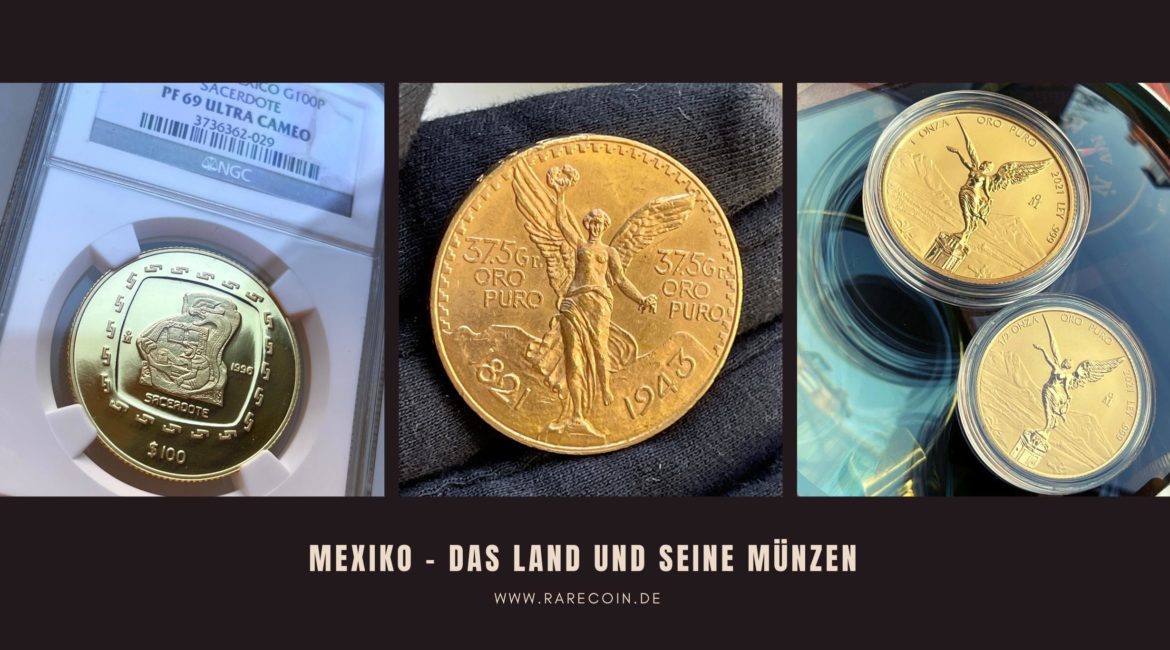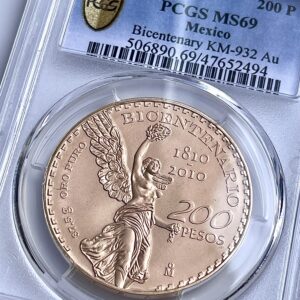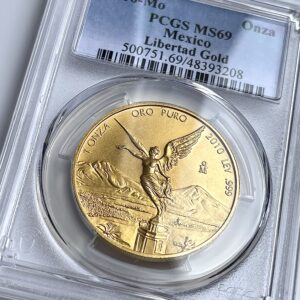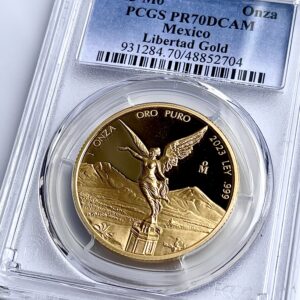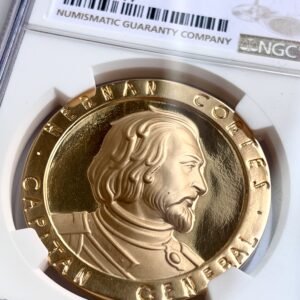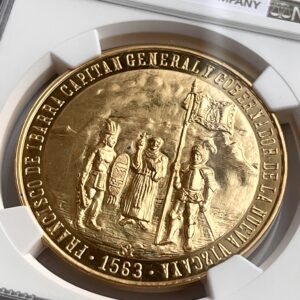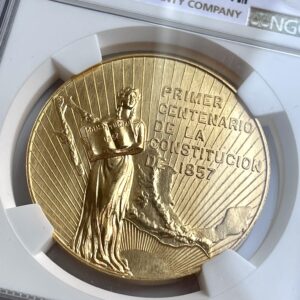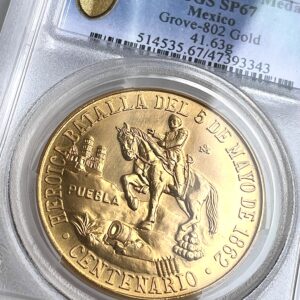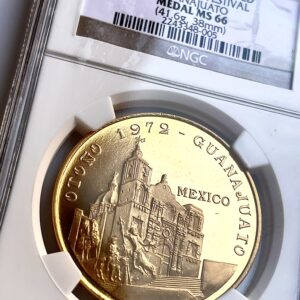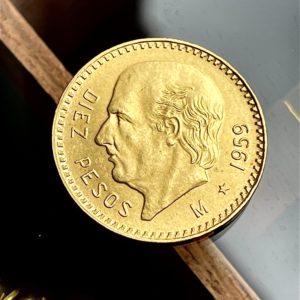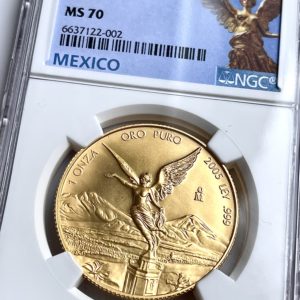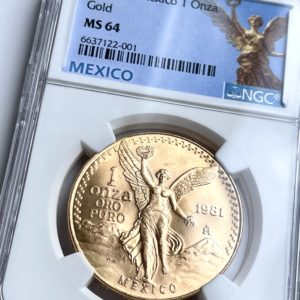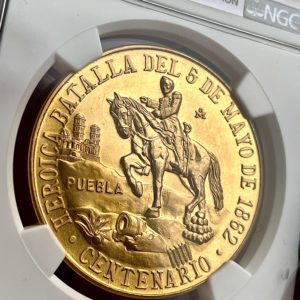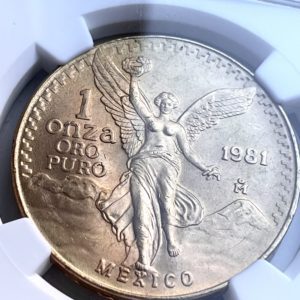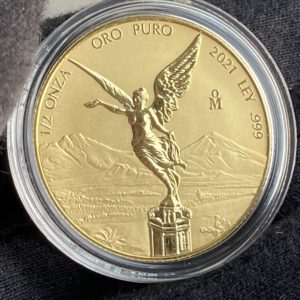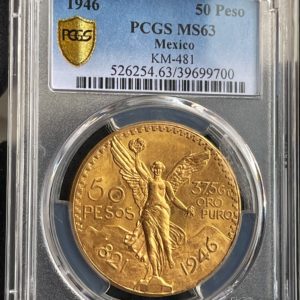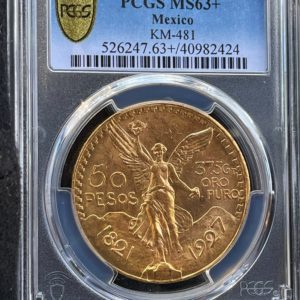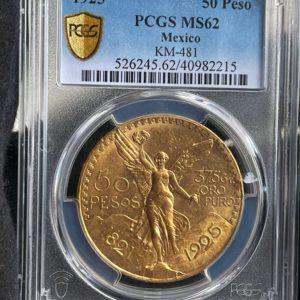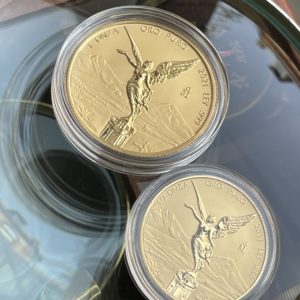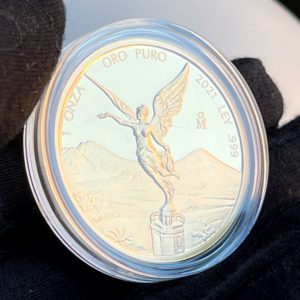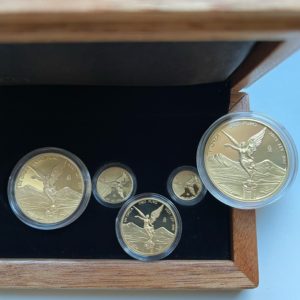Mexico (Spanish: México), United Mexican States (Spanish: Estados Unidos Mexicanos).
General information about the country Mexico
Mexico is a state in the southwestern part of North America. It borders the United States of America to the north and Guatemala and Belize to the southeast. It is bordered on the west by the Pacific Ocean and its bays – the Gulf of California and Tehuantepec, and on the east by the Atlantic Ocean (Gulf of Mexico, Caribbean Sea). Mexico is one of the largest countries in Latin America.
Interesting figures, data, facts
Land area: 1964.4 thousand sq. km (area of the coastline of the Caribbean Sea).
Population: 132 million (as of 2022)
Capital: Mexico City
Official language: Spanish
Currency unit: Mexican peso
Other large metropolitan areas: Monterrey, Guadalajara, Puebla, Toluca, Tijuana, Ciudad Juárez and León, etc.
Mexico is the largest Spanish-speaking country in the world.
There are 69 different languages spoken in Mexico.
Mexico is home to the largest pyramid in the world: the Pyramid of Cholula
Mexico is the most visited tourist destination in Latin America.
The actual name of Mexico is United States of Mexico (Estados Unidos Mexicanos).
The country is divided into 31 states and the Federal District.
Color television was invented in Mexico by Guillermo González Camarena.
Mexican children do not receive gifts at Christmas, but on the day of the Three Kings on January 6.
Mexican silver pesos were the first global currency.
The Mexico 50 Pesos or Centenario (one of the most popular gold coins among money investors/collectors worldwide) was first produced in 1921 to commemorate Mexico’s centennial of independence from Spain.
Government and economy
Mexico is rich in natural resources such as oil, silver, copper and agricultural products. The country’s economy is characterized by a wide variety of agricultural products, highly productive oil fields, a growing manufacturing base, and strong trade with the United States and Canada.
Mexican flag
The Mexican flag consists of three stripes: green, white and red. In the center of the flag on a white background is an eagle sitting on a cactus with a snake in its beak. The colors of the Mexican flag represent independence, unity and religion.
Nature
Mexico is a country of extremes: high mountains and deep canyons in the center of the country, vast deserts in the north and dense rainforests in the south and east. Much of Mexico is covered by mountains. Between the Sierra Madre Oriental in the east and the Sierra Madre Occidental in the west are small mountain ranges on the central plateau. These regions are rich in valuable metals such as silver and copper.
The Yucatán Peninsula juts into the Gulf of Mexico at the southeastern tip of Mexico. It was once home to the Mayan civilization, an ancient culture whose amazing structures can still be seen today. The Maya civilization was one of the dominant indigenous societies of Mesoamerica (a term used to describe Mexico and Central America before the Spanish conquest in the 16th century).
Animals and plants
The wildlife of the country consists of more than 700 species of reptiles and over 430 species of mammals. There are jaguars, pumas and giant iguanas. The oceans are home to whales, manatees and rays. In the jungles of southern Mexico live different species of lizards, monkeys and colorful birds such as, for example, parrots.
Biodiversity is complemented by a variety of plant species. The undisputed symbol of the country are the cacti, of which there are up to 500 species! Palm trees, rubber and olive trees, as well as numerous fruit trees and beautiful flowers can also be found in many regions.
The mysterious civilization of the Maya
The Maya lived in one of the warmest and climatically most pleasant areas of our planet, namely in the territory of present-day Mexico and in several Central American countries: Belize, Panama, Guatemala, Honduras. Many Mayan cultural centers were located on the Yucatan Peninsula.
However, the history of the Mayan civilization, as well as the question of its origin, has some dark spots. Because we owe the word “Maya” to Christopher Columbus. During his fourth voyage to the Americas (Columbus himself firmly believed at the time that he had sailed as far as the coasts of India and China), the great navigator came to a small island near present-day Honduras. There he met some Indian traders who were traveling with a large boat. Columbus asked them where they were from, and the answer was “from the province of Maya,” hence the name Maya.
There are many traces of their activities, starting with the famous Mayan pyramids at Chichen Itza (Spanish: Chichén Itzá, Yucatan Peninsula, Mexico). Even today, ruins of the once great cultural and political center of the Maya, Chichen Itza, attract crowds of tourists from all over the world and are a testament to the high culture of the people, especially in the area of urban planning.
The Maya had great achievements not only in astronomy, but also in mathematics, because they used the concept of zero in their calculations since ancient times. Incidentally, zero was not used in Europe until after 1228 at the suggestion of the Italian mathematician Leonardo of Pisa, better known as Fibonacci.
Mayan medicine was also very advanced, in particular they were able to seal teeth, make dentures, sew wounds with human hair, and even perform surgery using anesthetics as an anesthetic.
Mexico – People and Culture
Mexico is the result of a rich Native American heritage, three centuries of Spanish rule, and a shared border with the richest country in the world, the United States. Today, many Mexicans are mestizos (Spanish: mestizo, English: mestee), meaning they have a mixture of Indian and Spanish blood.
Throughout its history, Mexico has been home to great artists. The Maya and other Native Americans created impressive murals, sculptures and jewelry. Modern Mexican artists include great painters, photographers, sculptors and muralists. The most famous Mexican artists are: Frida Kahlo (1907 – 1954), Diego Rivera (1886 – 1957) – the husband of Frida Kahlo, Leonora Carrington (1917 – 2011), Jose Clemente Orozco (1883 – 1949), David Alfaro Siqueiros (1896 – 1974), Remedios Varo (1908 – 1963) and many others.
Mexicans take the sport seriously. In ancient times, the losers of a ritual ball game were sentenced to death. In some dangerous sports, such as bullfighting and rodeo, which, by the way, was invented in Mexico, competitors still put their lives on the line.
Tasco – capital of silver jewelry
Tasco is the city most associated with jewelry made of silver. Rich deposits of the metal were discovered here in the 1700s. Today, Tasco has become a resort that attracts people from all over the world. Besides silver, gold, copper, iron, molybdenum, lead, zinc, manganese, arsenic and tellurium were mined here. The list of outstanding minerals of this country includes the favorites of collectors: opal, bruttolite, apatite, rhodochrosite, topaz, wulfenite, adamite, acantite, pyrogyrite, polybasite, fluorite, amethyst, pyrrhotite, barite, and so on. A large part is exported and used in the jewelry industry, mechanical engineering and the high-tech sector. Precious metals and gemstones are used to make a variety of jewelry, for which many tourists flock to the country.
Mexican gold coins – bullion coins and collector coins
Mexican gold coins have been minted since the middle of the 19th century until today. Most coins are made of high quality gold – an attractive fact for investors and numismatists.
The Mexican Mint (Casa de Moneda de México), one of the oldest in the world and now a department of the Bank of Mexico, is responsible for the production of coins.
Mexican escudos
The first gold coins issued by the Mint in Mexico City were escudos, which were pegged to the Spanish real. The coins were issued in denominations of ½, 1, 2, 4 and 8 escudos.
The first peso (1866-1867)
Shortly after Mexico’s declaration of independence, Mexico’s national currency was introduced. The first coin of those years was the silver 1-peso. The 20 peso in gold is one of the rarest Mexican coins today.
Peso, issued 1905-1970
In 1905, Mexico underwent a currency reform that required the gold content of coins to be reduced to 49.36%. Nevertheless, the country has managed to produce good quality gold coins, which have become the object of desire of collectors.
2 pesos, regular issue (1919-1948). Weight 1.6 g, diameter 13 mm, struck in gold .900
2½ pesos, regular issue (1918-1948). Weight 2.08 g, 15.5 mm diameter, material used in the manufacture – gold .900
5 pesos, regular issue (1905-1955). Weight 4.16 g, 19 mm diameter, material for production – gold .900
10 peso, regular issue (1905-1955). Weight 8.33 g, diameter 22.5 mm, material used in the manufacture – gold .900
20 pesos, regular issue (1917-1959). Weight 16.6 g, 27.5 mm diameter, material used in the manufacture – gold .900
50 pesos, regular issue (1921-1947). Weight 41.66 g, 37 mm diameter, material used in the manufacture – gold .900
Today, Mexico mints many interesting gold coins that are particularly attractive to investors and numismatists.
The Gold Libertad are bullion coins with a fineness of 0.999 gold, minted by the Mint in Mexico City since 1981. The obverse of the coins shows the coat of arms of Mexico and the reverse shows the winged Victoria, the Roman goddess of victory, standing in front of the volcanoes Popocatepetl and Istaxihuatl.
In addition to gold, Mexico also issues silver Libertads.
You may also be interested in:
https://rarecoinv4.wpengine.com/blog/50-pesos-centenario-goldmuenze-die-centenario-familie/
https://rarecoinv4.wpengine.com/blog/goldmuenze-200-pesos-bicentenario-2010/
Are you interested in a Mexican gold coin or would you like to sell your Libertad gold coin/set or 50 pesos in gold? Contact us. We are happy to assist you in buying or selling gold coins.
-
Mexico – 2010 – Libertad – Gold coin 1 oz – PCGS MS69
3.150,00 €plus shippingDelivery Time: approx. 2-3 days (excluding Saturdays, Sundays and public holidays) -
Mexico – 2023 – Libertad – Gold Coin Proof 1 oz – PCGS PR70 Deep Cameo
2.950,00 €plus shippingDelivery Time: approx. 2-3 days (excluding Saturdays, Sundays and public holidays) -

